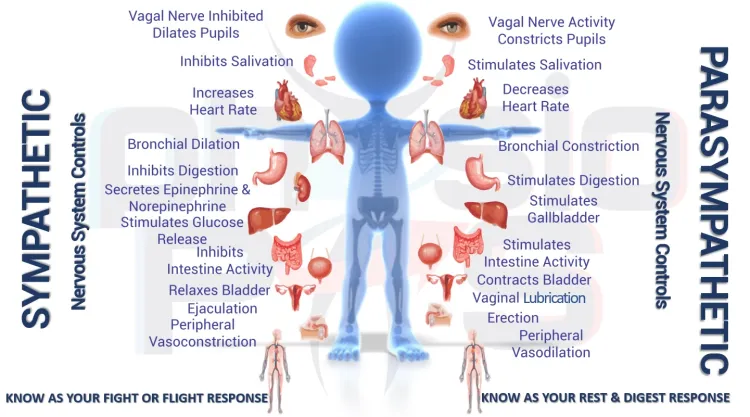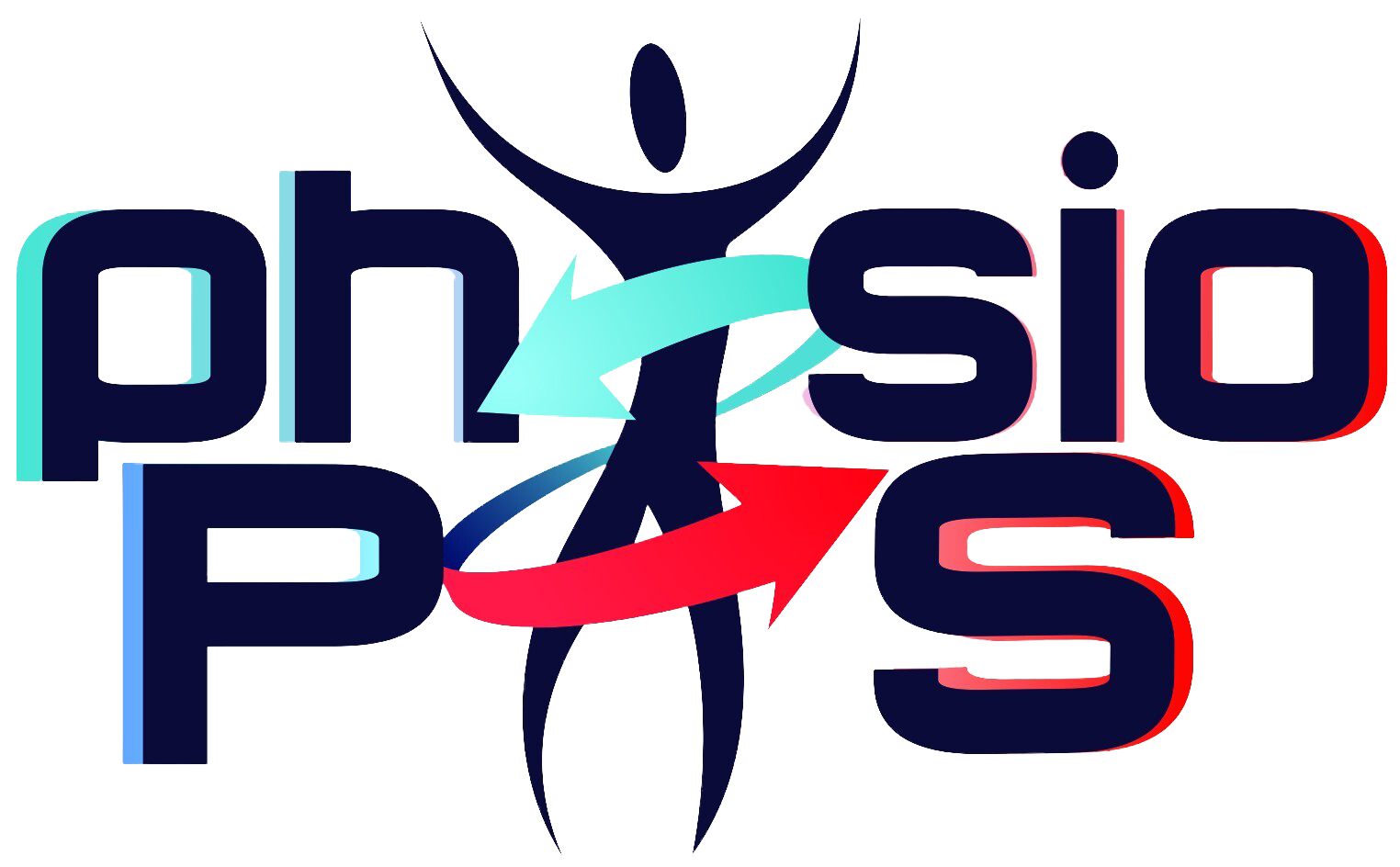Patient Resources
ANS Monitoring with Physio PS

The Autonomic Nervous System (ANS)
The Autonomic Nervous System has two components (Parasympathetic & Sympathetic) that need to be in balance to remain functioning at their best efficiency. When they are not in balance, it is called autonomic dysfunction.
Autonomic dysfunction develops when the nerves of the autonomic nervous system are damaged. This condition is called autonomic neuropathy, dysautonomia, or autonomic dysfunction.
Autonomic dysfunction can range from mild to life-threatening. It can affect part of the autonomic nervous system or the entire system. Sometimes the conditions that cause problems are temporary and reversible, while others can be chronic or long-term and may continue to worsen over time.
Do you experience any of these symptoms of autonomic dysfunction?
- Dizziness and fainting upon standing up, or orthostatic hypotension
- An inability to alter heart rate with exercise, or exercise intolerance
- Sweating abnormalities, which could alternate between sweating too much and not sweating enough
- Digestive difficulties, such as a loss of appetite, bloating, diarrhea, constipation, or difficulty swallowing
- Urinary problems, such as difficulty starting urination, incontinence, and incomplete emptying of the bladder
- Sexual problems in men, such as difficulty with ejaculation or maintaining an erection
- Sexual problems in women, such as vaginal dryness or difficulty having an orgasm
- Vision problems, such as blurry vision or an inability of the pupils to react to light quickly
ANS MONITORING HAS MANY BENEFITS
PREVENTIVE HEALTH
DIABETES
HEADACHES
Who hasn’t had a headache? In most cases, as commonplace as they seem, headaches are a symptom. The pain that you feel is your body’s warning sign that there is something else going on.
CONCUSSIONS
Concussions have become a major talking point in recent years, not just among the medical community, but as a part of the mainstream news, within the sports industry, and with parents. An estimated 1.6 to 3.8 million sports and recreation-related concussions occur in the United States each year. Reportedly, 23% of the adults and 20% of the teens in the United States said that they have had a concussion, and about 75% of adults and teens have sought medical attention.
These are staggering statistics!
ANXIETY
Anxiety disorders are the most common mental illnesses in the United States, affecting as many as 40 million people over the age of 18. That is a staggering 18.1% of the population every year! With the uptick in mental health awareness, and the increased spread of information, this number is sure to grow exponentially.
MEDICATION EFFICIENCY
POTS
Postural Orthostatic Tachycardia Syndrome (POTS) is a condition that affects circulation or blood flow. POTS is a form of orthostatic intolerance, the development of symptoms that come on when standing up from a reclining position, where symptoms may be relieved by sitting or lying back down.
PAIN MANAGEMENT
Pain management is one thing that for most of modern medicine, doctors and caregivers have had to rely on the “best guess” approach, meaning that aside from dosing guidelines and patient response, the doctor was making an educated deduction of reason to administer pain management.
EDS
Ehlers-Danlos Syndrome, EDS, a type of hypermobility, is a disease that weakens the connective tissues of your body, things like tendons and ligaments that hold parts of your body together, and also can weaken blood vessels and organs.

